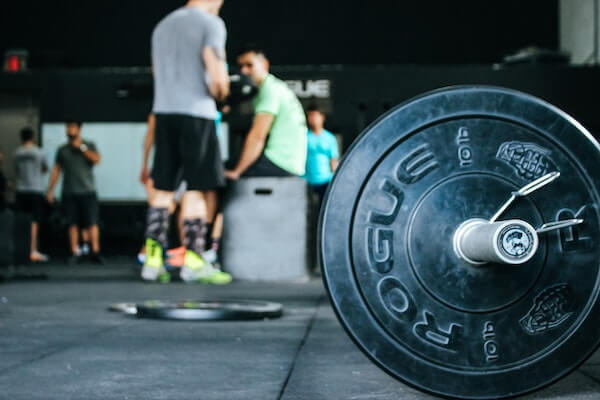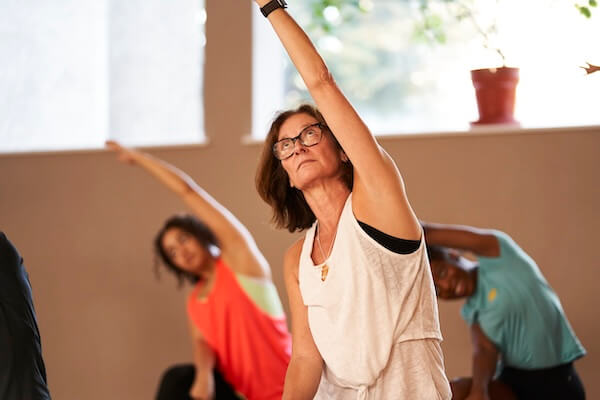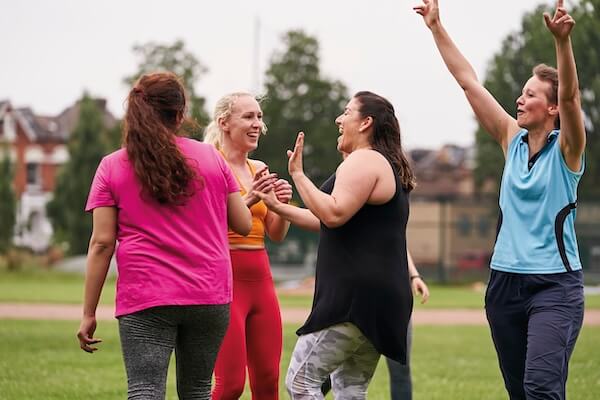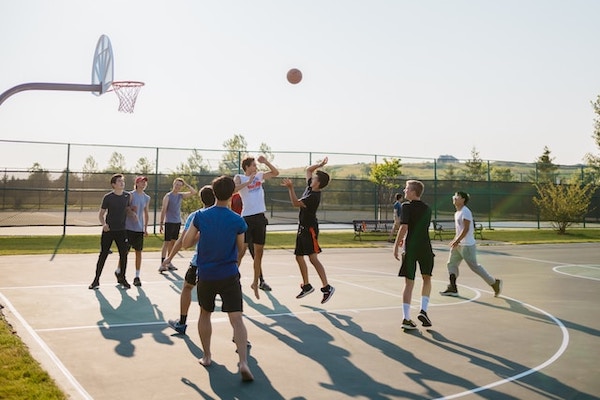
When you picture resistance training, you might imagine rows of young men lifting heavy weights in the gym. But here’s the truth: strength training is for everyone. Research shows it helps maintain not only muscle but also bone strength and even brain function as we get older.
Recent Australian-led studies have completely changed the way we think about lifting weights later in life. Let’s explore what the science says about why it’s never too late — or too early — to start building strength.
Busting the Myth: Strength Gains Aren’t Just for Men
A large-scale review led by UNSW Sydney analysed data from 30 different resistance training studies, involving more than 1,400 adults aged 50 and over. The findings, published in Sports Medicine (as reported by UNSW Newsroom), challenged the long-standing idea that men benefit more from strength training than women.
Key Findings
- No difference in relative gains: Men and women both experienced similar percentage increases in muscle size and strength. While men naturally have more muscle mass overall, women made equally impressive progress relative to their starting point.
- Training tweaks help maximise results: The research suggested men may respond best to higher-intensity programs, while women may benefit from slightly higher training volumes — more weekly repetitions — especially for improving lower body strength.
The message is clear: with consistent effort, both men and women can make significant, proportional gains in strength and muscle health — no matter their age.
Stronger Bones, Stronger Body: The LIFTMOR Trial
For years, women with low bone density were told to steer clear of heavy weights for fear of fractures. But the Australian LIFTMOR (Lifting Intervention for Training Muscle and Osteoporosis Rehabilitation) trial turned that advice on its head.
This groundbreaking study tested a High-Intensity Resistance and Impact Training (HiRIT) program in postmenopausal women with low bone mass. Participants trained twice a week, performing major compound lifts like squats, deadlifts and overhead presses — all under supervision and at more than 80% of their one-rep max.
What LIFTMOR Discovered
- For women: The program was safe and highly effective, leading to significant improvements in bone mineral density (BMD) at key areas such as the spine and hips. (High-Intensity Resistance and Impact Training Improves Bone Mineral Density and Physical Function in Postmenopausal Women... The LIFTMOR Randomized Controlled Trial)
- For men: The companion LIFTMOR-M study confirmed the same — showing high-intensity resistance training is both safe and effective for older men with low bone density.
The takeaway? Lifting heavy (with proper guidance) is one of the best ways to keep bones strong and reduce the risk of fractures as we age. It’s not dangerous — it’s essential.
Brain Gains: How Strength Training Boosts Cognitive Health
Resistance training doesn’t just strengthen the body — it strengthens the mind too. The SMART (Study of Mental and Resistance Training) trial found that lifting weights can significantly boost brain function, especially in people showing early signs of cognitive decline.
SMART Study Highlights
- Sharper thinking: Participants who took part in high-intensity, progressive resistance training showed significant improvements in cognitive performance — and those benefits lasted for up to 18 months.
- Mind-muscle link: Interestingly, gains in lower-body strength were closely linked to improvements in brain function, suggesting that building physical strength may directly support brain health.
In other words, lifting weights could help you stay mentally sharp — adding years of quality to your life, not just years in total.
Final Thoughts: It’s Time to Pick Up the Weights
From stronger bones to a sharper mind, the evidence is overwhelming — resistance training is a cornerstone of healthy ageing. Studies like LIFTMOR, SMART and the UNSW meta-analysis all show that it’s never too late to start building strength and reaping the rewards.
Forget the stereotypes and the myths. Strength training isn’t about getting bulky or showing off in the gym — it’s about investing in your long-term health, mobility and independence. Whether you’re male or female, 30 or 70, it’s time to lift smart, lift safe, and lift for life.
Disclaimer: The information in this article is provided as general guidance only and is not a substitute for professional medical advice. Always consult your doctor or a qualified health professional before starting any new exercise or strength training program, especially if you have existing health conditions or concerns.






